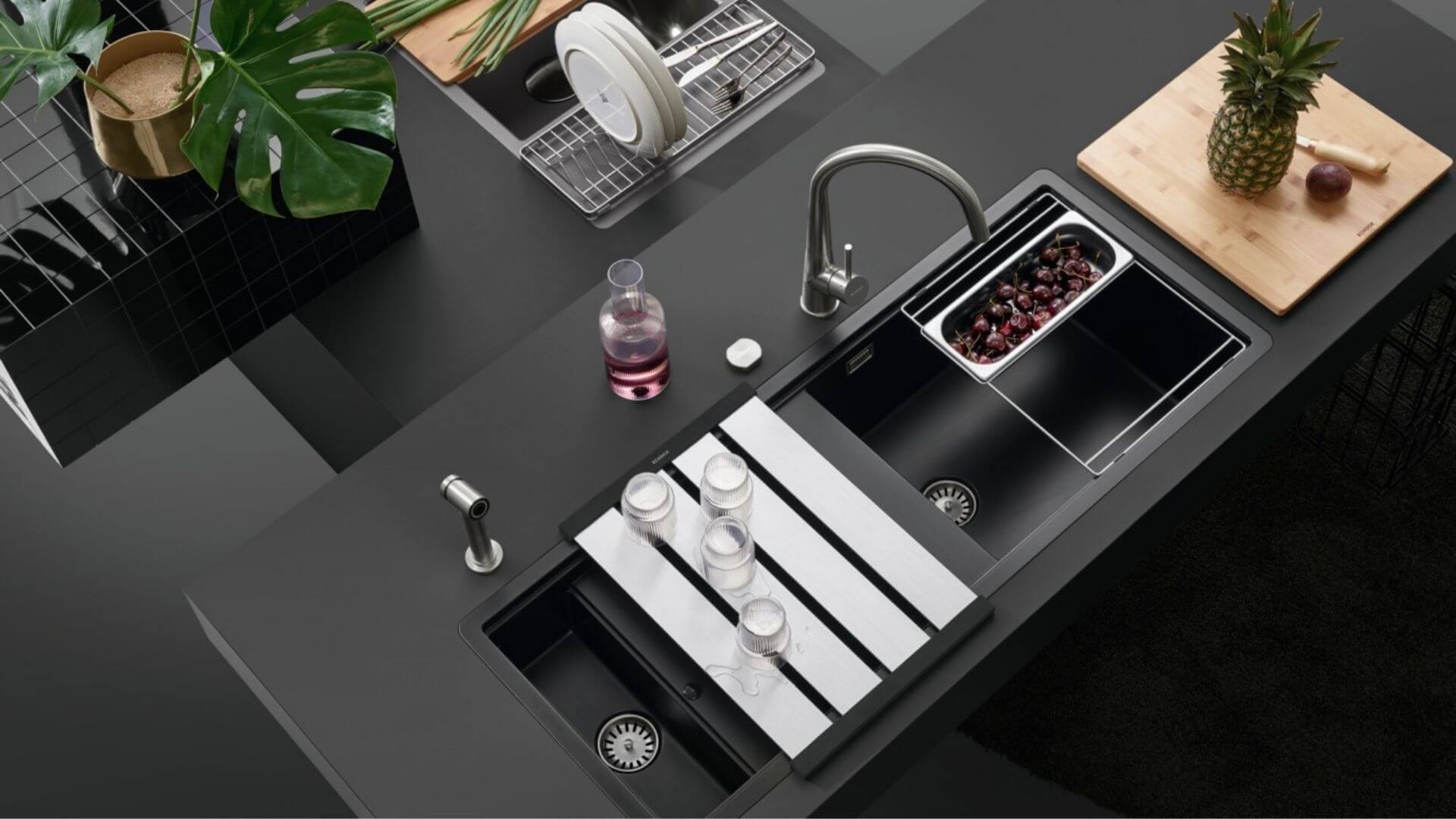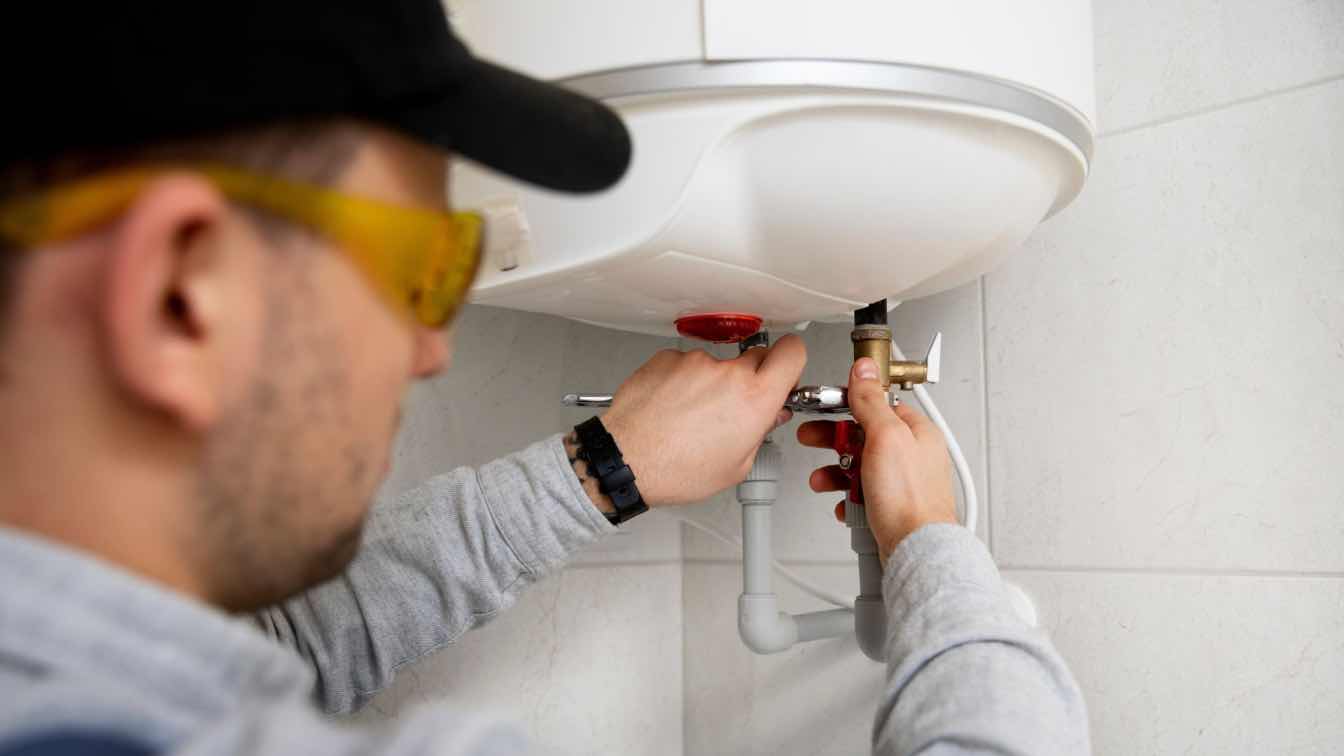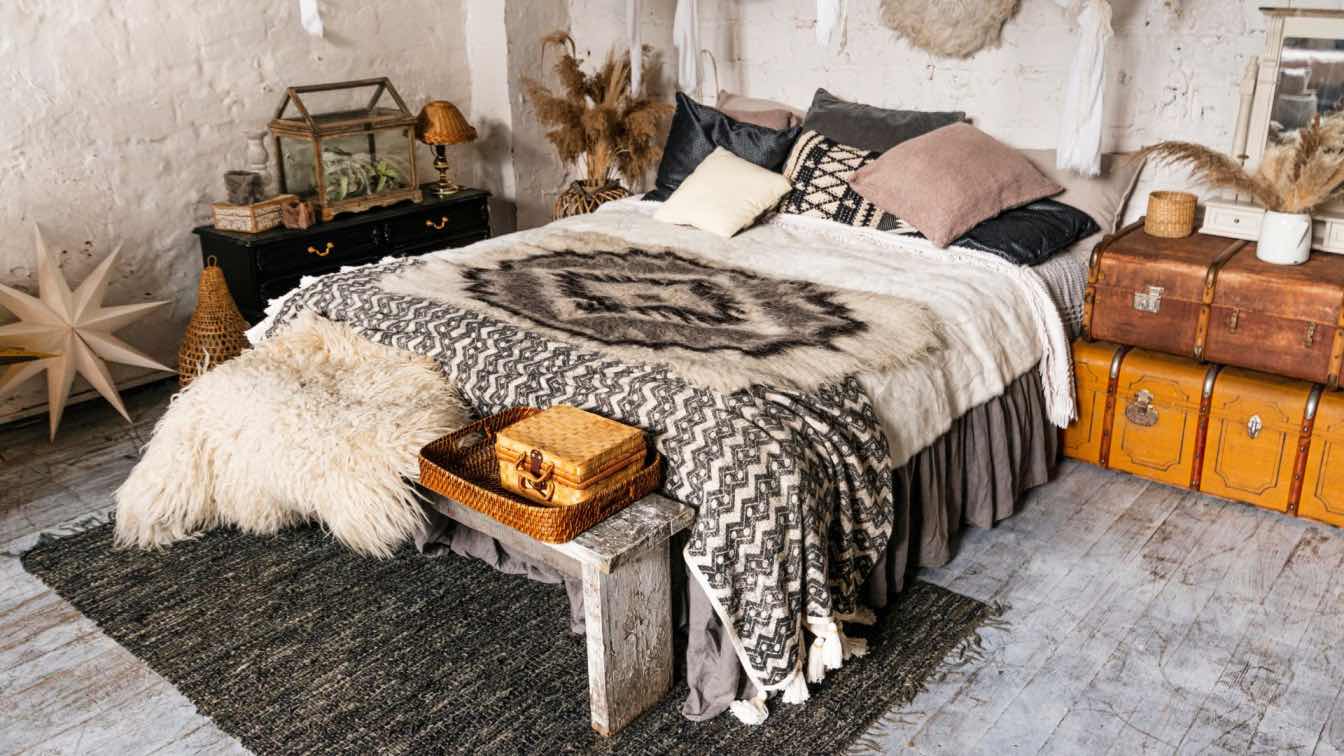Shopping for a new bed sounds simple—until you're actually doing it. What starts as an exciting purchase can quickly turn into a confusing maze of materials, price tags, sizes, and styles. And let’s be honest—no one wants to drop hundreds (or thousands) of pounds on something they’ll regret every single night. That’s why taking the time to really understand what you need (and what each type offers) is worth it.
If ottoman beds are on your radar, by the way, Learn more in this Ottoman bed guide from United Carpets & Beds. It breaks things down in a practical way. But before you settle on any bed type, let’s walk through three key factors that will make a difference in how happy you are with your choice.
1. Space and Storage Needs
How much room do you actually have? Because as dreamy as that giant sleigh bed might look on Instagram, it might eat up all your bedroom floor space in real life. And if you're working with a smaller room, suddenly every inch matters.
Think about your layout. Can you comfortably walk around the bed once it's in? Do your wardrobes open without bumping into the footboard? And don’t forget under-bed storage—especially if you’re short on closet space. This is where options like ottoman or divan beds really shine. They give you built-in storage that doesn’t require shoving plastic bins under the mattress like you're trying to play Tetris.
Also, consider how often you'll need to access that storage. If you’re storing everyday items like blankets or extra pillows, an ottoman bed with a hydraulic lift might make more sense than a bed with drawers that require clearance. Storage is one of those things that’s easy to overlook when you’re focused on style—but you'll appreciate it every time you need to tidy up in a hurry.
2. Mattress Compatibility and Support
Now, you might fall in love with how a bed frame looks—but if it doesn’t support your mattress properly, you're in trouble. Some popular bed types work best with certain kinds of mattresses. For instance, slatted frames can offer great ventilation but might not be the best match for a softer mattress unless the slats are close enough together.
And don’t forget about your body’s needs. If you’ve got back issues or just prefer a firmer sleep surface, you’ll want to choose a frame that enhances that support—not one that sinks or squeaks. Honestly, support can make or break your relationship with your bed. A gorgeous frame won't mean much if you're waking up sore every morning.
3. Aesthetic and Room Vibe
Now this is the fun part—how the bed actually looks. Because yes, function matters, but you still want something that makes you feel good every time you walk into the room. The bed is usually the focal point, so the style you pick will set the tone for the rest of the space.
Are you going for something modern and minimal? A sleek platform bed might be your best friend. Want that cozy, plush feel? Upholstered beds with soft headboards bring warmth and comfort to the room. Or maybe you're after something classic—a wooden frame or wrought iron bed can offer that timeless charm.
But it’s not just about the bed in isolation. Think about how it fits with your other furniture, your wall colors, your overall vibe. Do you want something bold and statement-making, or would you rather it blend into the background? You don’t have to be an interior designer to get it right, but a little thought goes a long way here. After all, you’ll be seeing this bed every day for the foreseeable future.
Summing Up
Buying a bed isn’t just a one-and-done decision. It’s something you live with—literally—every day. So it’s worth taking the time to weigh your needs, check your space, and think about how each type fits into your real life. Remember, your bed should support your sleep, fit your space, and reflect your taste—not just today, but for years to come.





